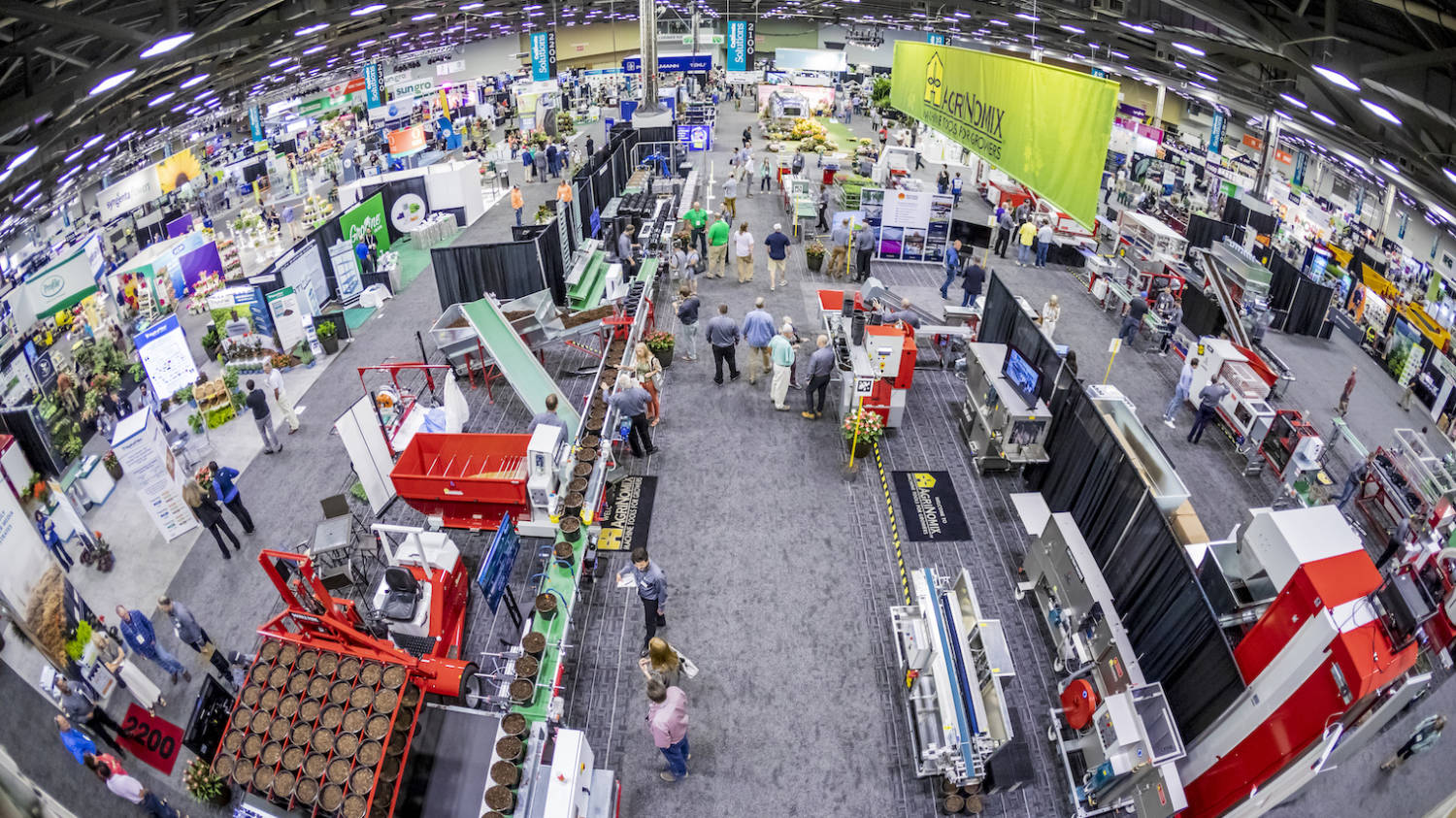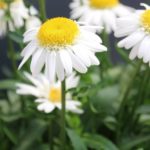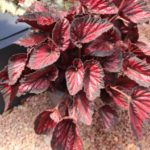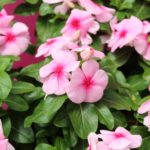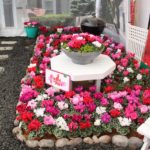
Decoding common buzzwords in horticulture
In the world of ornamental grasses, there is no shortage of trendy buzzwords that pop up in social media content, magazine articles and home gardening shows. We are surrounded by words like native, drought tolerant, infertile, pollinator-friendly, nativars and more.
They all sound important, but what exactly do they mean? And do growers need to carry all of these categories for a comprehensive grass program? Let’s take a look — it doesn’t have to be as complicated as it seems.
To decode these buzzwords, I spoke with experts at Emerald Coast Growers, one of the industry’s largest suppliers of ornamental grass liners to North American growers and retailers with nearly 35 years of experience.
INFERTILE VS STERILE
“One of the categories that we’ve seen a lot of growth in over the last few years are infertile ornamental grasses,” said Shannon Ballard, new plant manager at Emerald Coast. “People sometimes use the term sterile, but that’s not technically correct. The key thing about infertile grasses isn’t that they don’t produce seeds at all, but any seeds produced are not likely to be viable. Therefore, the chance of reproduction or self-sowing in greenhouse production, or in gardens and landscapes, is significantly reduced. The correct term is infertile,” she said.

What makes infertile types special and worth having in your ornamental grass program? For the grower, infertile grasses help keep the varieties true-to-type in container production. For consumers, they keep the variety in check in garden spaces. A less obvious advantage of infertile grasses is they are more vigorous, flower earlier and produce flowers for a longer period of time because the plants aren’t putting energy into producing viable seeds.
Sometimes, there is an infertile option available as an alternative to some of the most popular standard varieties. For instance, Pennisetum alopecuroides ‘Hush Puppy’ is an excellent alternative for the well-known ‘Hameln,’ and it flowers longer. Thanks to extensive breeding work at North Carolina State as well as the University of Georgia, there are many infertile miscanthus and pennisetum available today for those seeking the reliability of infertile grasses.
POLLINATOR-FRIENDLY
We all know how important pollinators are for pollinating fruiting plants in gardens, orchards and natural habitats. And the problem with dying bee colonies is well documented. That’s why everybody wants to plant pollinator-friendly plants. But what does that mean?
Pollinator-friendly plants aren’t only plants that provide a food source (i.e. pollen and nectar) for bees, butterflies and hummingbirds. While some might provide habitat for the adult forms, others are nesting places for hummingbirds, shelter for butterfly pupae or food and shelter for caterpillars.
“There are several beautiful ornamental grasses that are pollinator-friendly,” Ballard said. “The common misconception that plants that are particularly beneficial often lack in aesthetic beauty couldn’t be farther from the truth. One of my favorites is Muhly grass. It has beautiful, showy blooms of delicate pink seed panicles that float above the plant like soft clouds. It can host butterfly larvae,
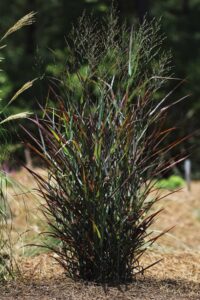
attract adult bees and butterflies, and its seeds are a food source for birds.”
Other pollinator-friendly grasses with great ornamental value include Schizachyrium scoparium (little bluestem), Deschampsia cespitosa (hair grass), Sorghastrum nutans (Indiangrass), and Panicum virgatum (switchgrass), to name just a few.
So, are all pollinator-friendly plants native, and are all native plants pollinator-friendly? No. There are many nonnative pollinator-friendly plants, and not all natives are necessarily pollinator-friendly, so let’s take a closer look.
NATIVES AND NATIVARS
The topic of natives and nativars can easily fill a treatise of its own and has frequently been covered by experts, so I’ll keep it brief here. To put it simply, native ornamental grasses grow wild in a particular region without having been introduced by mankind.
Sometimes, the term “North American native” is used, but in order to be of value, more geographic detail is needed. For instance, if it’s native to the arid Southwest it likely won’t do well in wet and humid climates.
Gardeners can use this knowledge to their advantage to find ornamental grasses that are adapted to their climate because they’ve been thriving there for millennia. These are easy to grow and need little to no maintenance once established.
Asked about her personal favorites, Ballard stated: “We’re excited about Schizachyrium scoparium ‘Shining Star,’ an exclusive from our breeding/selection program. Its variegated leaves bring a fresh, bright mojo to the little bluestem category.
“Shining Star is our third native grass introduction, joining panicum ‘Hot Rod’ and muhlenbergia ‘Fast Forward.’ And, we were delighted that in 2022 the Perennial Plant Association chose Schizachyrium scoparium as the Perennial Plant of the Year.”
Nativars are the result of active breeding work by humans, where two native plants are crossed. The resulting new plant is a nativar.
Now, you might accuse me of complicating things by adding in another buzzword: indigenous plants. But worry not — indigenous and native are the same, and native is the much more commonly used term in the plant world.
DROUGHT-TOLERANT
This is probably the best-understood buzzword, partially due to the fact that it’s been an important category for as long as sliced bread has been around. Plus, the term itself is pretty self explanatory. But it’s not void of confusion.
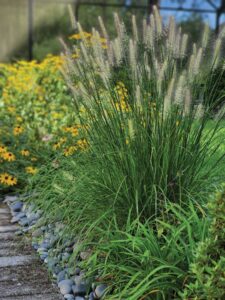
“One of the biggest mistakes gardeners can make when it comes to drought-tolerant plants is that they don’t water them sufficiently in the early stages after planting,” Ballard said. “The key is that they are drought-tolerant once established. They do need adequate watering until they’ve built a sufficient root system to sustain themselves, although they do need less than ‘thirsty’ plants.
“Plus, there’s some variability to how drought-tolerant plants are: some more so, and some less so. We definitely continue to see increased demand for drought-tolerant plants, not only due to mandatory water restrictions in many parts of the country but also due to a desire to be more environmentally friendly and conserve a precious resource.”
Emerald Coast Growers carries drought-tolerant plants aplenty, so picking just a few favorites is tough. Some standouts include bouteloua gracilis ‘Honeycomb,’ festuca glauca ‘Beyond Blue,’ andropogon gerardii ‘Blackhawks’ and eragrostis spectabilis.
In case this explanation of drought-tolerant plants was not challenging enough for you, allow me to throw in one more technical term for good measure: xeriscape. Luckily, it has a simple explanation, and it’s a great fit for drought tolerant plants. According to the Merriam-Webster dictionary, xeriscape is “a landscaping method developed especially for arid and semiarid climates that utilizes water-conserving techniques (such as the use of drought-tolerant plants, mulch and efficient irrigation).” Voila — not as complicated as it sounds.
Does a comprehensive ornamental grass program require plants from all these categories? In my opinion, yes. You don’t want to have to turn away customers because you can’t fill their needs, and all of these categories are undoubtedly important. Besides, there are so many beautiful ones, who’d want to limit it to just a few anyway? The resources are certainly there for the asking.


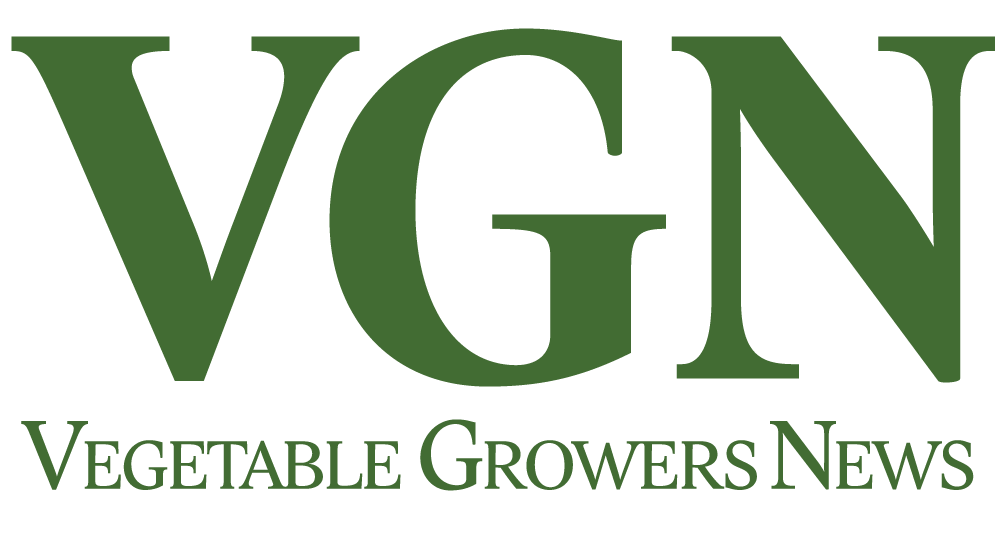





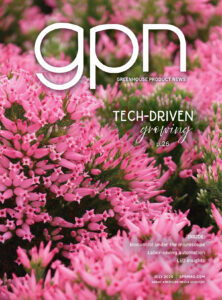
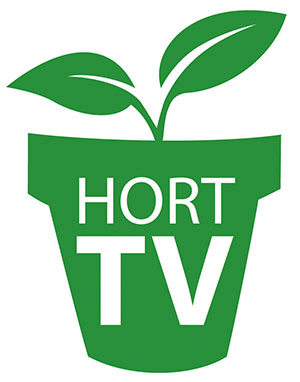 Video Library
Video Library 
